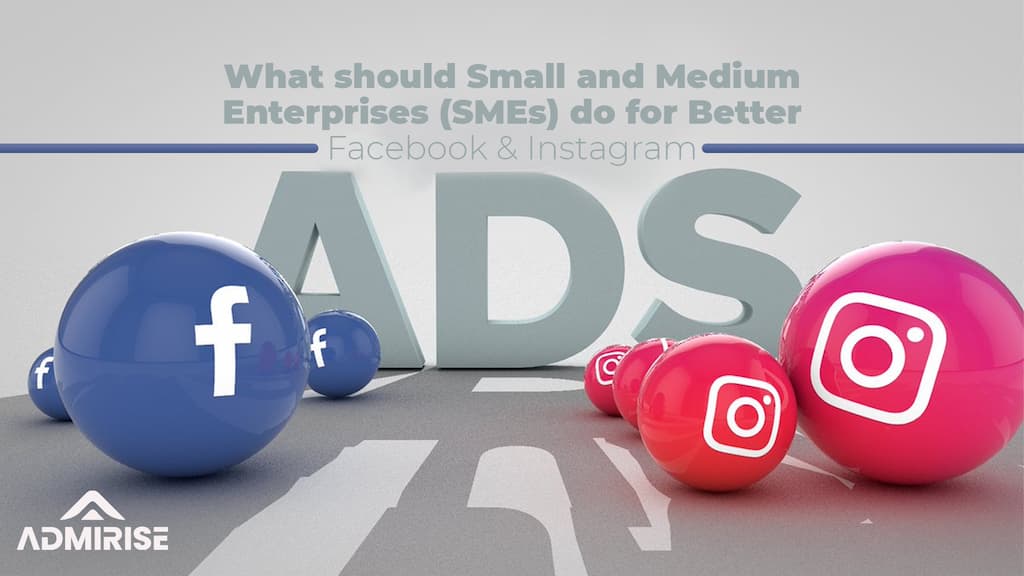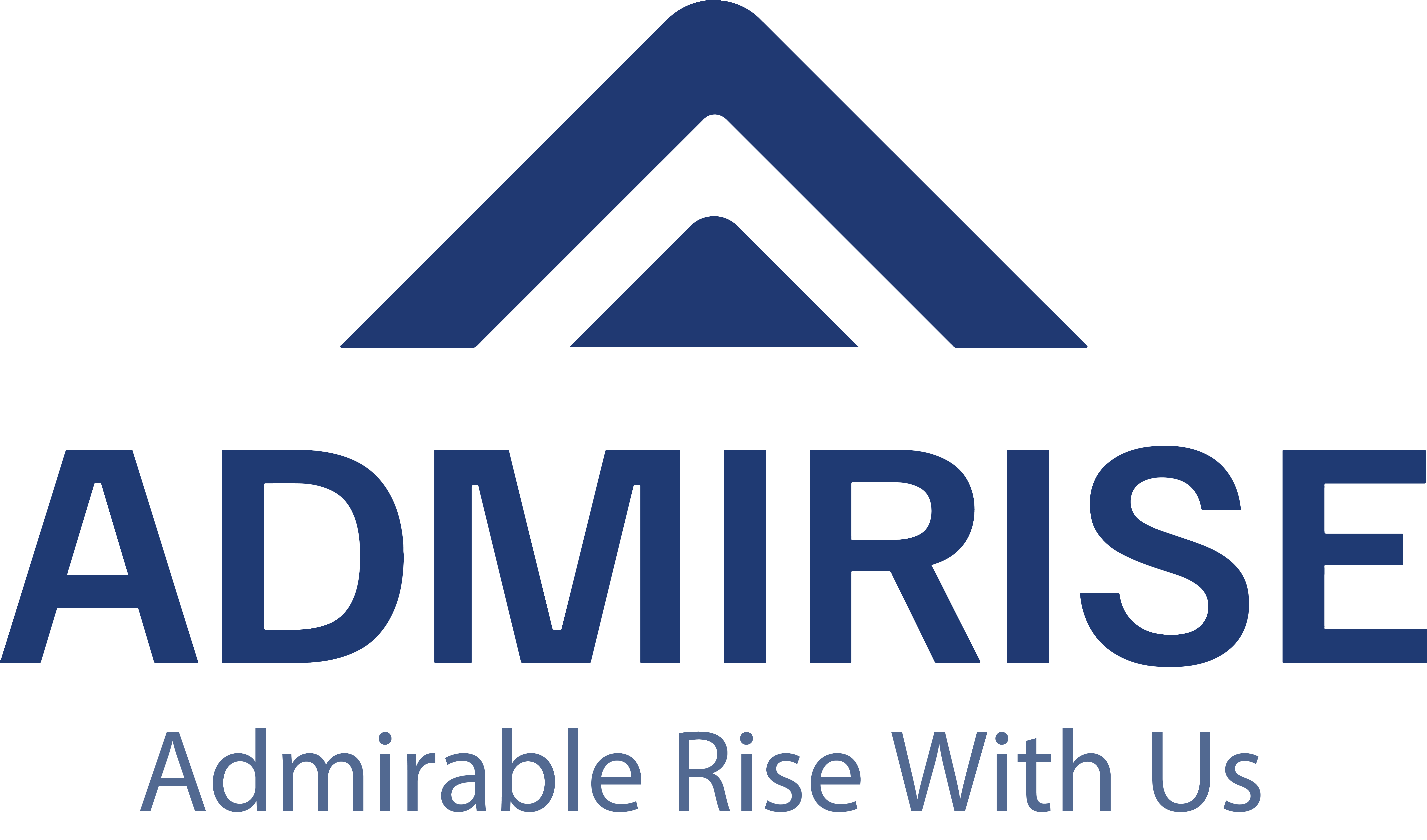
10 Considerations for More Effective Facebook and Instagram Advertisement
Apr 6, 2023 in Online Advertising by Adam Strike
- 10 Considerations for More Effective Facebook and Instagram Advertisement [2023]
- What Should SMEs Do For Better Facebook & Instagram Ads?
- 1. Always Be Sincere and Transparent!
- 2. Set Clear and Measurable Goals
- 3. Less Budget, Less Product to Put Forward
- 4. Define the Target Audience
- 5. Use High-Quality Content
- 6. Run Away From Negative Reviews
- 7. Never Quit Testing
- 8. Optimize Your Ads
- 9. Follow The Trends
- 10. Use Retargeting
- Conclusion
10 Considerations for More Effective Facebook and Instagram Advertisement [2023]
Facebook Advertisements (FB ads) are much cheaper and generally have low competency for small and medium enterprises (SMEs) compared to Google Ads. That is why if you have less budget than your competitors, Facebook & Instagram Ads are an amazing opportunity. Thus, SMEs can benefit from Facebook Business Manager (FBM) better if they follow specific points.
What Should SMEs Do For Better Facebook & Instagram Ads?
1. Always Be Sincere and Transparent!
To craft a powerful advertisement on social media, it’s crucial to practice sincerity and honesty with your patrons. Fabricating information or misrepresenting your brand or merchandise may result in dissatisfied clientele and negative feedback and ultimately hamper your reputation in the long haul. On the contrary, strive to showcase both your flaws and strengths. Transparency and frankness are the crux of the matter and will enable you to build trust with your audience. In the end, your audience will value your honesty and authenticity. Last but not least, deliver on what you promise in your ads. This will pave the way to greater customer satisfaction and loyalty.
2. Set Clear and Measurable Goals
Before building and launching any ad campaign, you should identify your goals, such as increasing website traffic, generating leads, or boosting sales. So, having clear goals will help you create targeted and effective ads and measure the outcomes better.
3. Less Budget, Less Product to Put Forward
If you are operating on a tight budget, it’s imperative to be strategic with your product and service, considering your market. Rather than attempting to market a vast range of products, concentrate on a few essential items that will impact your audience the most. Doing so allows you to allocate your budget more effectively and avoid overspending on ads that may not generate a strong return on investment (ROI.) Facebook Pixel, a tool used to track user behavior and optimize ads, relies on consistent data to function effectively. Limiting the number of products you promote can give FB a clearer understating of your target market, allowing them to optimize your ads for maximum impact. Ultimately, this approach will help you get the most out of your advertising budget and increase your chances of success.
4. Define the Target Audience
Defining your ideal customer persona and target audience when creating your ads is essential. You can use Facebook Audience Insights to learn more about your customer’s demographics, behaviors, and preferences. All this information will help you create tailored and relevant ads that are more effective.

5. Use High-Quality Content
The visuals utilized in your ads, such as videos, images, infographics, and ad copy, must be high quality and engaging. Eye-catching and relevant visuals to the advertised product or service create a difference. The ad copy should be precise, concise, and compelling, engaging the unique value of the product or service.
6. Run Away From Negative Reviews
In the current world, online reviews have the potential to either make or break a business. Based on research by Dixa, 93% of customers will read online reviews before purchasing. Therefore, it’s essential to actively manage your online reputation and encourage positive feedback from satisfied customers. Contact your customers through e-mail or social media and ask them for feedback.
If they are happy with your service or product, encourage them to share their experience with others by leaving a review or sharing a post on Facebook. Sometimes you can encourage them with a discount or a gift.
7. Never Quit Testing
As an online business owner or e-commerce beginner, one of the most valuable things you can do for your advertising strategy is consistently testing and experimenting. Testing allows you to find out what works and doesn’t work for your target audiences, such as images, headlines, or ad formats (e.g., image, video, carousel) performing better. Never make assumptions about your target audiences; let FB and Instagram data guide and help you. By tracking your ad performance and analyzing the data, you can discover metrics that work better results for your business and continuously optimize your campaigns for better results.
8. Optimize Your Ads
Testing is an ongoing process. You should monitor your ad campaign performances regularly and make necessary adjustments to optimize them. You can use Facebook Ads Manager to track metrics, such as click-through rate (CTR), conversion rate, and cost per click (CPC.) Based on the performance data, you can adjust your ad targeting, visuals, ad copy, and budget to improve the campaign’s effectiveness.
9. Follow The Trends
Media is essential to our daily lives, and staying on top of current trends can give your business a significant advantage. By following current trends in your social media marketing, you can tap into the power of virality and increase engagement with your target audience. Whether creating a video with a popular song or jumping on a viral hashtag, using trends can help you stand out and gain attention. Keep an eye on what’s popular in your industry or niche, and don’t be afraid to experiment with different formats and styles to see what is the best for you. Trends come and go, so keep in mind to adapt and experiment ahead of the curve.

10. Use Retargeting
Retargeting allows you to show ads to people who have interacted with your website or social media pages. This can help increase the chances of conversion as these people have already been interested in your product or service.
Additionally, returning visitors create a significant impact on e-commerce. Retargeting your previous customers with the right incentives increases your customers’ loyalty and also impacts your brand awareness.
Conclusion
Facebook and Instagram ads offer great opportunities for SMEs to compete with larger businesses on a lower budget. To make the most out of these platforms, you should focus on being honest, setting clear and measurable goals, focusing on the few essential products, defining your target audience, using high-quality content, actively managing your online reputation, testing and optimizing your campaigns, following the roaring trends, and using retargeting to increase conversion rates. These considerations can create more effective ads, increase brand awareness, and grow your business.







